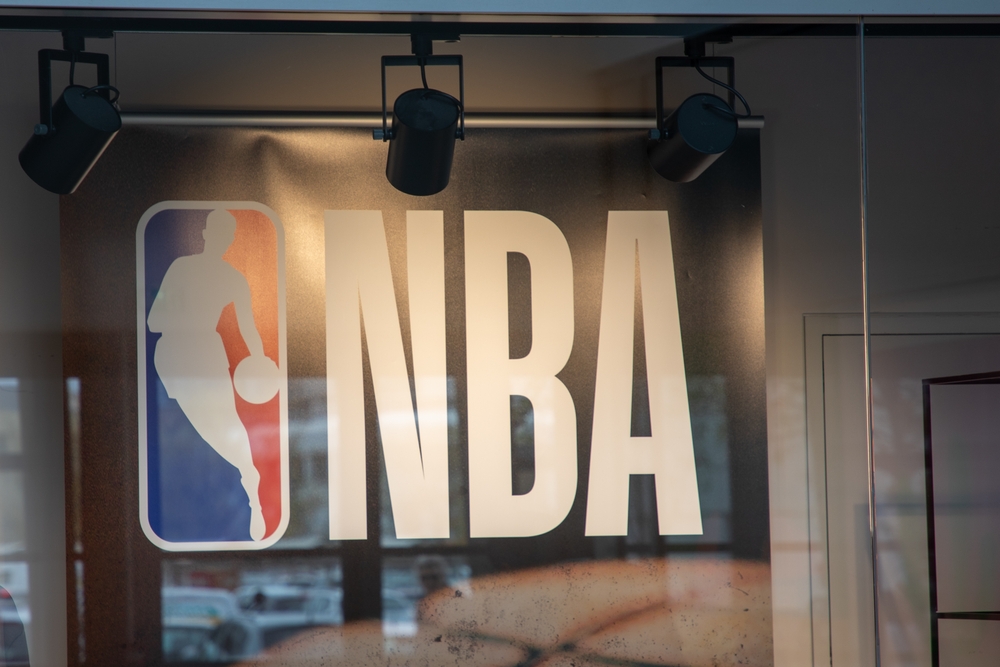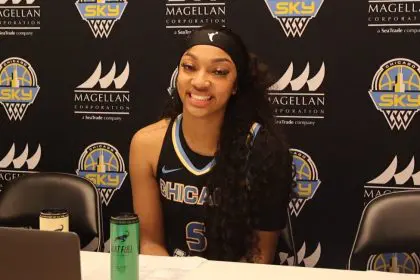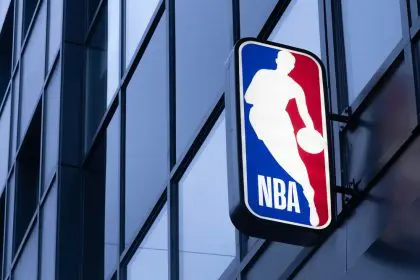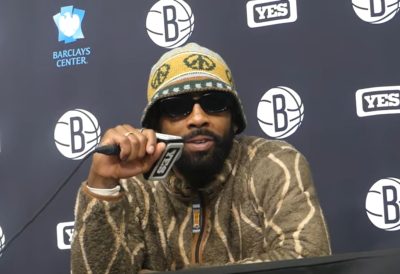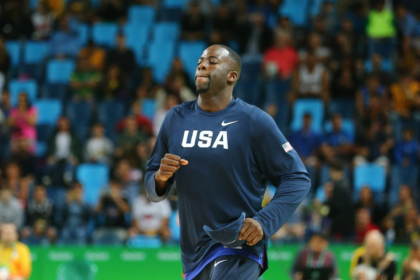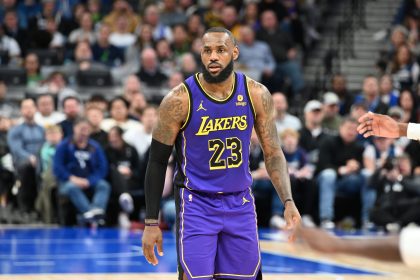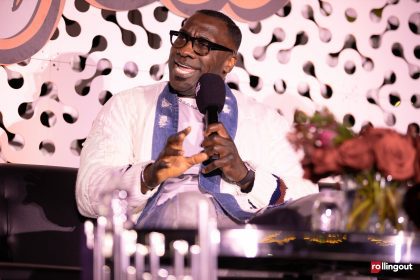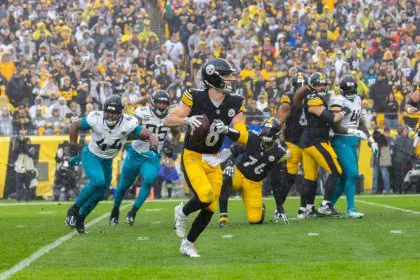The Los Angeles Clippers‘ state-of-the-art Intuit Dome christening ended in heartbreak Sunday night, falling 116-113 to the Phoenix Suns in an NBA overtime thriller despite owner Steve Ballmer’s infectious courtside energy.
Without Kawhi Leonard in the lineup, James Harden led the offensive charge with 23 points and eight assists. Paul George added 22 points, though his potential game-winner rimmed out in the final seconds of overtime, silencing the sellout crowd of 18,000.
The $2 billion venue showcased its revolutionary features throughout the night. The arena’s “The Halo” – a massive 44,000-square-foot LED screen encircling the roof – displayed real-time statistics and highlights, drawing audible gasps from spectators. The technology marvel stands as the largest LED screen in professional sports.
Ballmer, the NBA’s most enthusiastic owner, embodied the evening’s emotional spectrum. Pre-game found him outside the arena rallying fans beside the team mascot before leading “The Wall” – a distinctive 51-degree-inclined seating section designed to amplify crowd noise.
“LA Clippers owner Steve Ballmer is leading the team’s new supporter section in the new $2B Intuit Dome,” circulated across social media. His energy peaked during a third-quarter sequence when Harden connected with Derrick Jones Jr. for a reverse alley-oop that brought the crowd to its feet.
The arena’s innovations extend beyond visual spectacle. Two-sided “Clipper Courts” allow fans to watch the game while grabbing concessions, eliminating traditional lines and missed action. The venue’s “Toilets Per Fan” ratio leads the NBA, addressing a common fan complaint at sporting events.
Yet as overtime unfolded, even the arena’s cutting-edge amenities couldn’t salvage a victory. Kevin Durant’s 39 points for Phoenix, including a crucial three-pointer in overtime, ultimately spoiled the historic night. “Steve Ballmer at the end of the 4th and the end of OT” captured the owner’s journey from elation to despair.
Industry analysts praise the Intuit Dome’s architectural achievements. “This venue reimagines the basketball experience,” noted sports facility expert Michael Thompson. “From the 80,000 square feet of LED lighting to the basketball-focused acoustic design, every detail serves the fan experience.”
Players and coaches acknowledged the electric atmosphere despite the loss. “The sight lines are incredible,” noted head coach Tyronn Lue. “Once we get our full lineup healthy, this place will be a fortress. The acoustic design makes it feel like fans are right on top of the action.”
The venue’s technology integration sets new standards. Every seat features wireless charging and mobile ordering capabilities. The “Clipper Fan Shop” uses artificial intelligence for checkout-free shopping, while “Smart Building” technology adjusts temperature and lighting based on crowd density.
As the Clippers navigate early-season challenges without Leonard, they’ll rely on the Intuit Dome’s innovations to enhance home-court advantage. The arena’s design promotes what Ballmer calls “pure basketball energy,” with seats positioned closer to the court than any NBA venue.
The game’s dramatic conclusion – featuring three lead changes in the final minute of overtime – tested the building’s ability to contain crowd emotions. Devin Booker’s clinching free throws with 0.9 seconds left sent fans home disappointed but impressed with their new basketball palace.
For now, the Intuit Dome stands as a technological and architectural triumph, even as opening night victory proved elusive. The season ahead will determine whether this $2 billion investment can help transform basketball culture in Los Angeles while delivering the championship aspirations that fueled its construction.

